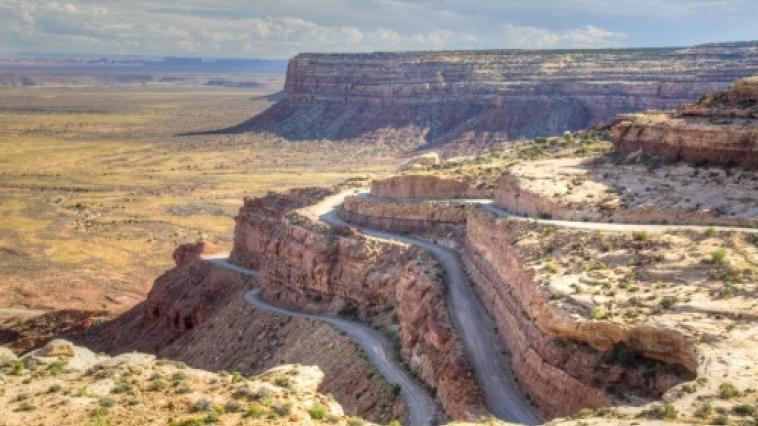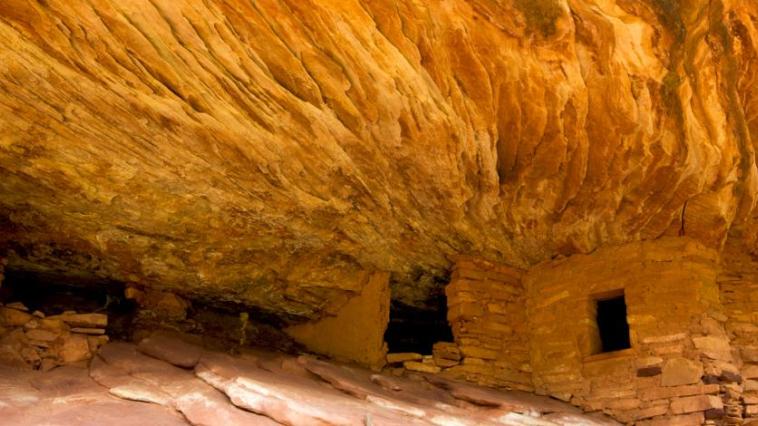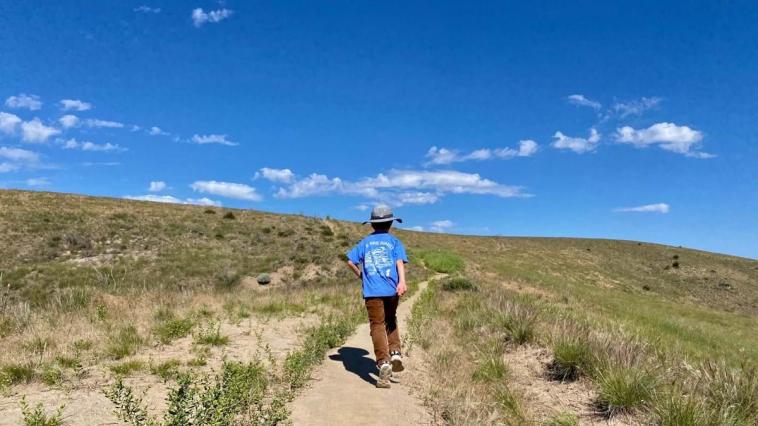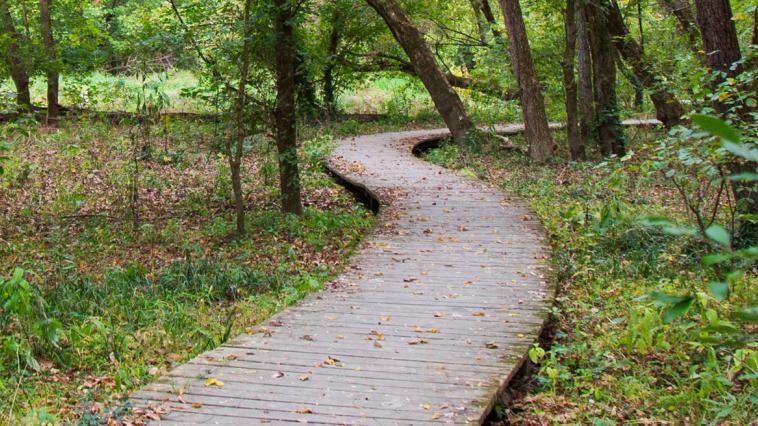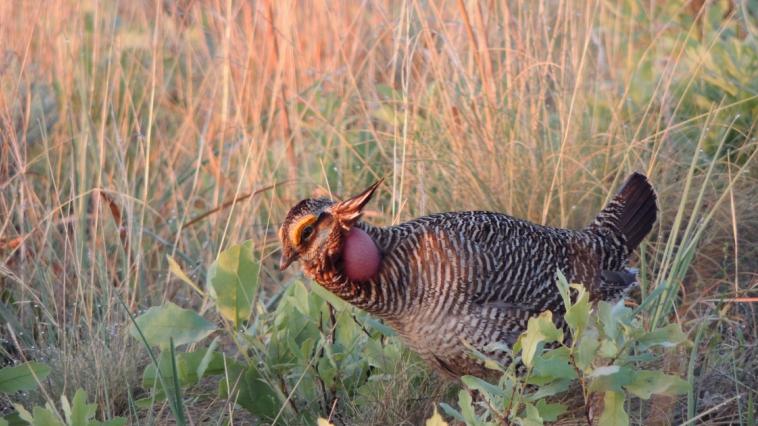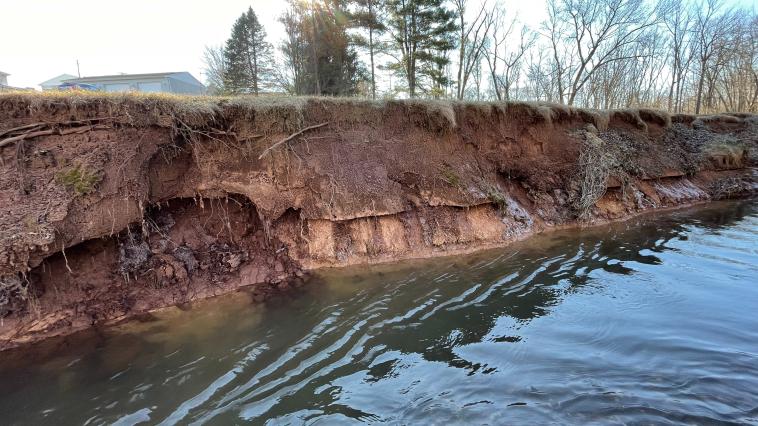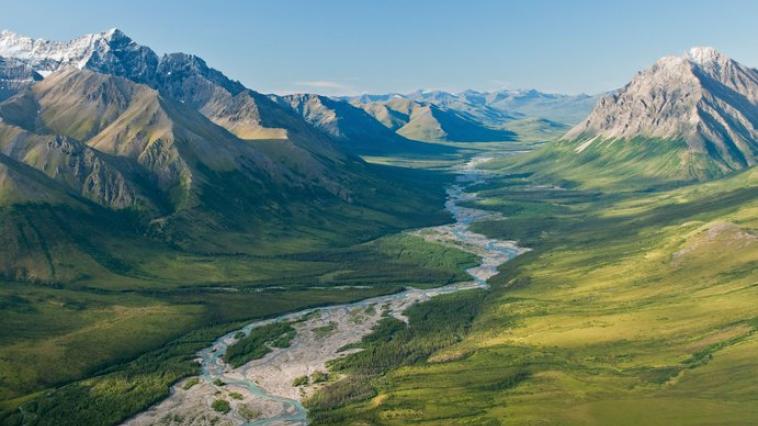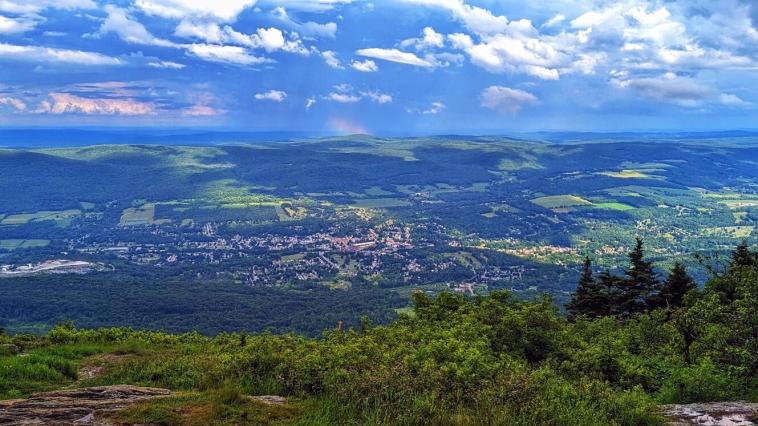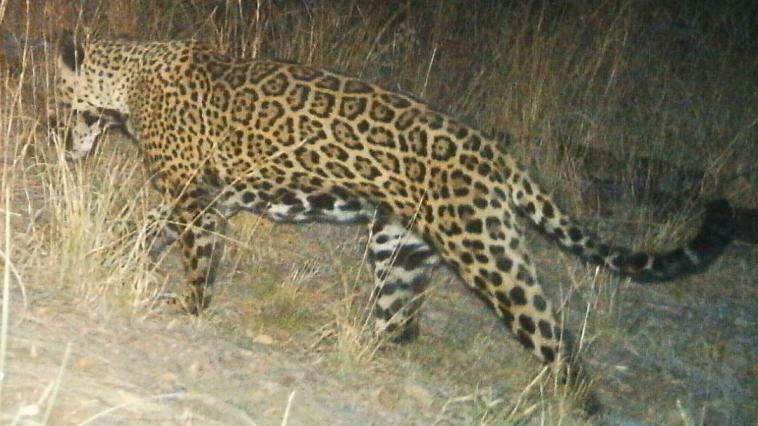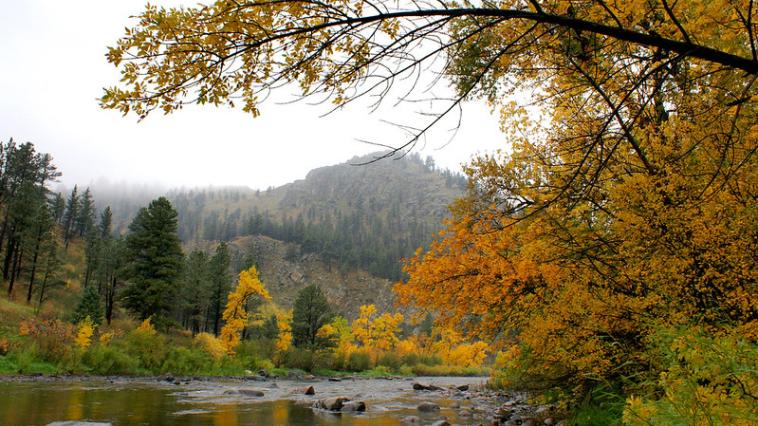Roadless Forest Protection — Rule Rescinded
Tracker entry and action guide
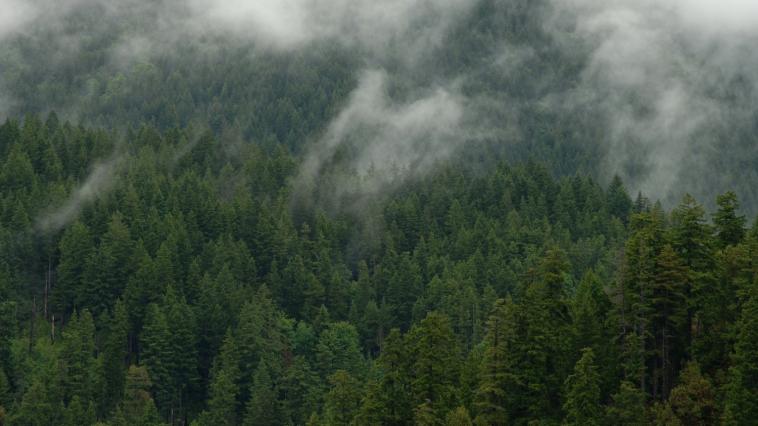
Summary
Rescinding the Roadless Rule would open 58.5 million acres of National Forest land to roadbuilding and logging.
What's Happening
History of the Roadless Rule — The Roadless Rule was adopted in 2001 under Bill Clinton. The rule was the product of a 3-year process that included 600 public meetings and 1.6 million public comments in favor of adopting it.
Trump Effort to Repeal Rule — In June 2025, the Trump Administration announced its intention to rescind the 2001 Roadless Area Rule. To do this, the law requires the administration to go through a new rulemaking process. In late August, it officially launched this effort. As a first step, it opened a public comment period which closed on September 19 with 625K total comments submitted.
What Comes Next — Next, the administration will review comments and prepare a Draft Environmental Impact Statement (EIS) and proposed rule, expected in early 2026. This will trigger a 2nd public comment period before it finalizes its decision.
Why It Matters
Roads Dominate Our National Forests — An estimated 380,000 miles of Forest Service roads criss-cross our National Forests. This is 8 times longer than our entire US Interstate highway system.
Roadless Areas Are Wild — Roadless protection keeps forests wild. Many roadless areas under the rule have wilderness-like qualities with little human impact. They offer some of the best opportunities in the United States for outdoor adventure including hiking, backpacking, wildlife viewing, hunting, and fishing.
Roadless Areas Protect Water Supplies — Roadless areas include the headwaters for 358 municipal watersheds that provide the drinking water for millions of Americans. The Roadless Rule protects these water supplies.
Wildlife Need Roadless Areas — Many species of wildlife need large unbroken blocks of habitat or their populations will drop. This includes wide-roaming animals such as caribou, wolverines and grizzly bears. It also includes forest birds such as the wood thrush.
How To Help
Build Public Awareness — We need to build public awareness about the importance of roadless areas and the need to protect them. Start with yourself. Read more about this issue. Share posts on social media. Comment on posts to boost their reach. If you feel motivated, make it a personal project to promote this cause far and wide.
Follow These Organizations — As a starting point for building awareness, please follow the nonprofits that are leading the advocacy efforts: Earthjustice, Natural Resources Defense Council, and The Wilderness Society. Engage with their content to boost their reach.


